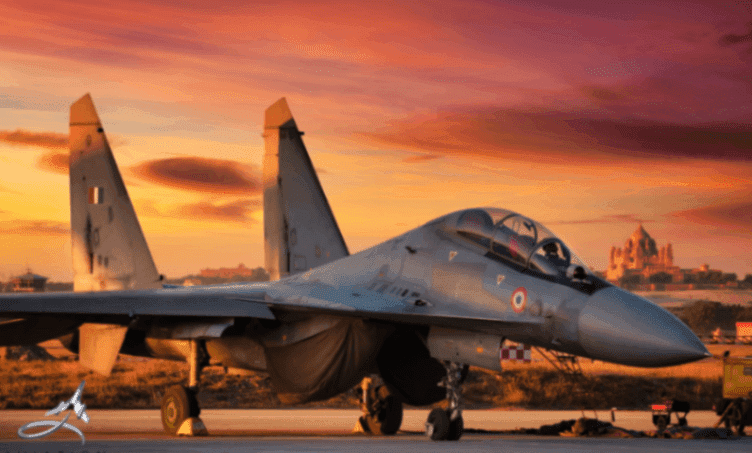

DOMAIN-SPECIFIC TASKS
Task 1: History of Aviation
Objective: Explore the theory of aviation and different types of planes through hands-on models and a visit to the aviation department. Gain a brief understanding of the history of aviation and the pioneers of the field.
Learnings: I learnt about the history of Aviation and also about the various parts of the planes.
History of Aviation
- The history of aviation dates to the 5th century with the invention of kites in China.
- The famous artist Leonardo da Vinci created the first drafts for a rational aircraft in his paintings in the 15th century.
- Later, in 1670, Francesco Terzi, the Father of Aeronautics, published a theory that showed the possibility of lighter-than-air aircraft made of copper foil cylinders.
- The discovery of hydrogen in the 17th century led to the development of the first hydrogen balloon.
- In 1783, the Montgolfier brothers, including Jacques-Étienne and Joseph-Michel, flew the first unmanned hot air balloon over Annonay, France.
- In 1891, Otto Lilienthal became the first person to fly with the help of a gladiator.
- On December 17, 1903, Orville and Wilbur Wright (famously known as Wright Brothers ) achieved the first powered, controlled, and sustained flight in Kitty Hawk, North Carolina.

- Military aviation saw a steep rise during the both World Wars.The military used fighter bombers, strategic bombers, dive bombers, and ground-attack aircraft.
- In 1942, Arado Ar 234, the first jet-powered bomber, was launched.
- The 1950s introduced jet-propelled airliners like the de Havilland Comet and Boeing 707, revolutionizing global travel.
- The supersonic plane Concorde flew for the first time on 2 March 1969.
Parts of Planes
 I learned about the basic parts of the planes.
I learned about the basic parts of the planes.
I have experienced different types of planes through hands-on models in the NCC unit.
The key components of an aircraft are fuselage, wings, stabilizers, rudder, aileron, etc.
I learned about the basic functions of the aircraft parts and their role in making air travel possible.
I also learned basic principle of flights, how the flights take place.
The International Civil Aviation Organization (ICAO) is the primary international body that sets aviation industry regulations and standards.
"To most people, the sky is the limit. To those who love aviation, the sky is home."
— Anonymous
TASK 2: Simulation Flying
In this task, I used Real Drone Simulator to get the experience of flying drones, focusing on flight dynamics.
I learned about how factors like altitude, wind and environment influences drone performance.
In the simulataor, I learnt how to navigate and pilot the drone by going through several basic maneuvers such as Vertical Ascent and Descent, Hovering, Pitch, Roll, Yaw.
.png?raw=true)
I flew the drone in several environments.
.png?raw=true)
"There is no sport equal to that which aviators enjoy while being carried through the air on great white wings." – Wilbur Wright
TASK 3: Flying the Airblock Drone
Introduction
The Airblock drone, developed by Makeblock, is a modular and programmable flying robot designed for educational purposes. Its magnetic, modular components allow for quick assembly into various configurations. The drone is controlled via the Makeblock App.

Piloting Experience
With the help of a coordinator, I had the opportunity to fly the Airblock drone. The assembly process was very eady due to its magnetic modular design, enabling quick setup without the need for tools. Once assembled, we connected the drone to the Makeblock App by Bluetooth.
After getting the green light from the coordinator, I flew the drone and due to its lightweight property, it was easy to handle the drone controls. It is very important for the gradual descent of the drone during touchdown, otherwise the drone might get damaged.
Characteristics of a Airblock Drone
-The drone is made of the material, STYROFOAM, which is responsible for its
lightweight property.
-Design: It consists of one master module in the middle and six power modules.\
-Power Modules: It consists of propellers. Out of the six power modules, three power modules have red color propellers and the other three have black propellers. The red and black propellers are connected alternatively. The essence of this is that the three same color propellers rotate in clockwise direction, whereas the other three rotate in anti-clockwise direction, providing stability for the drone flying.
- The working of rotor is similar to the Boeing CH-47 Chinook, which uses two large, counter-rotating rotors, instead of one, which eliminates the need for a tail rotor and improves stability and control, especially when carrying heavy loads.

The app provides several modes to work with the Airblock drone.

THANK YOU FOR GOING THROUGH MY REPORT